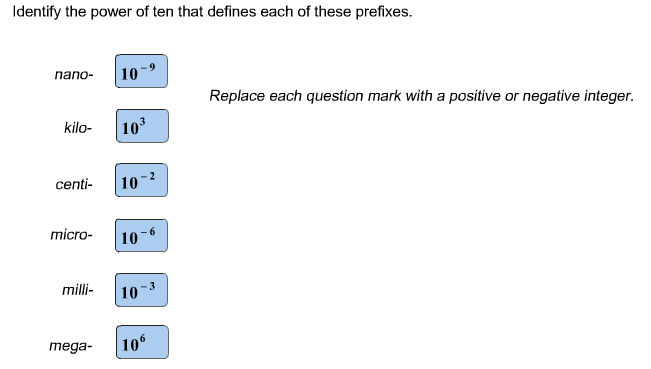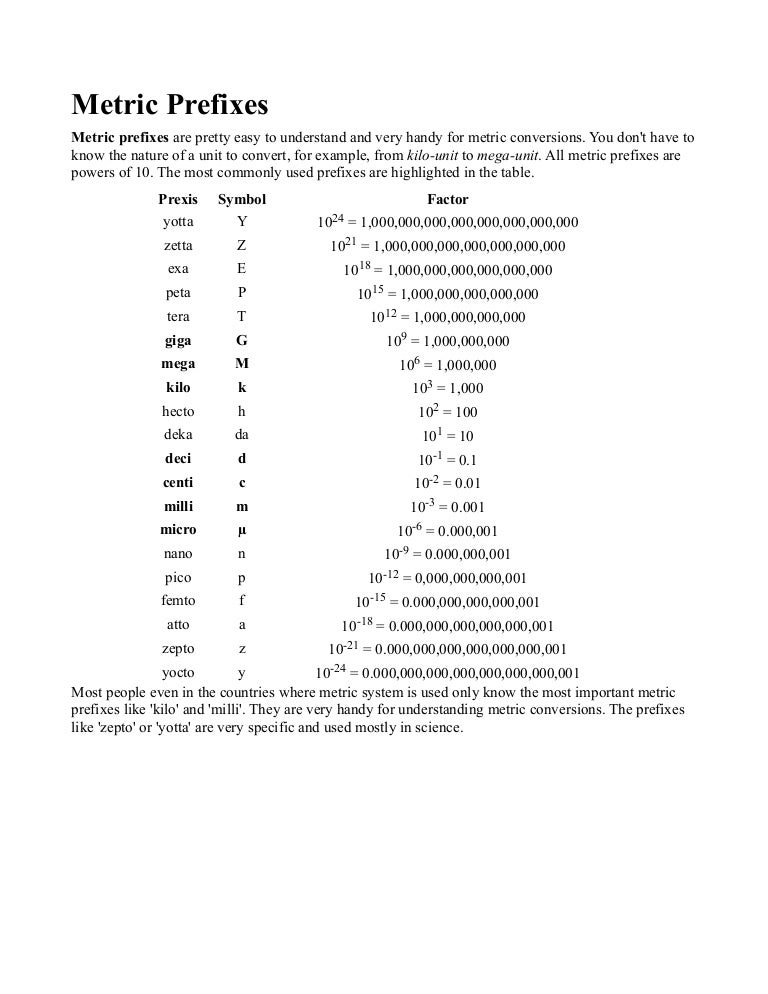

10.5. I think that you best option is to use logaritmic axis, but if you need to create the graphic with linear axis, you must set the power limits yourself.10.2.3 Calculator Exploration: Cube Roots and More.10.2.1 Calculator Exploration: Square Roots.10.1.11 Decimal Forms of Powers of Ten and Prefixes When a numerical digit represents a quantity instead of a count, SI prefixes can be used - therefore femtosecond, not one.10.1.8 The Case of the Missing Parentheses.10.1.7 Calculator Exploration: Scientific Notation.10.1.6 Small numbers and Scientific Notation.10.1.3 Multiplying and Dividing Numbers with the Same Base Number.Welcome to the updated version of Succeed with Mat.©When I think of outer space, I think of Mat.Head of Intellectual Property, The Open University We reserve the right to alter, amend or bring to an end any terms and conditions providedĪll rights falling outside the terms of the Creative Commons licence are retained or controlled Unauthorised use of any of the content may constitute a breach of the terms and conditions Video images and sound recordings and any other material as may be brought to your attention. These are: OU logos, trading names and may extend to certain photographic and We have also identified as Proprietary other material included in the content which is not subject In these stances, unless stated otherwise, the content may be used for personal and non-commercial Non-Commercial Sharealike licence does not apply to any of the content even if owned by us (the For example there may be times when the Creative Commons TheĪcknowledgements section is also used to bring to your attention any other Special Restrictions

ProprietaryĬontent must be used (retained) intact and in context to the content at all times. (Proprietary), licensed content which is not subject to Creative Commons licensing. The Acknowledgements section is used to list, amongst other things, third party When using the content you must attribute us (The Open University) (the OU)Īnd any identified author in accordance with the terms of the Creative Commons Licence.
#Power of ten prefixes full
Please read this licence in full along with OpenLearn termsĪnd conditions before making use of the content. In short this allows you to use the content throughout the world without paymentįor non-commercial purposes in accordance with the Creative Commons non commercial Mitchel E.Except for third party materials and/or otherwise stated (see terms and conditions) the content in OpenLearn is released for use under the terms of the Creative Commons Attribution-NonCommercial-Sharealike 2.0 licence. You will see powers of ten and metric prefixes very often in engineering.įor a discussion of arithmetic using scientific notation, see All About Circuits eBook, Volume I - DC, Arithmetic with Scientific Notation Also, I hope that you understand why scientific notation/engineering notation helps us to display measurements more efficiently and in a way that makes calculations less prone to error. I hope you have a better understanding now of powers of 10, and how they might be used in electronics.

Consider an electric charge of 1 Coulomb, which has a proton or electron count (depending on polarity) of roughly \(6.25 \times 10^\) would be 5.81 micro-units. Using this formula, we are able to express very large numbers and very small numbers much more efficiently than we would otherwise be able to. We will talk about how Engineering Notation differs from Scientific Notation in just a moment, but first, let's find out out exactly what \(4.32 \times 10^5\) means.įirst, we see that our base is 10 and our exponent is 5, so we know that we need to multiply the base (10) by itself equal to our exponent (5), so like mentioned before 10x10x10x10x10. In Scientific Notation the exponent can be any number, even negative numbers and zero. The exponent tells us how many times the base is to be multiplied by itself. The number 10 is called the base, the number 5 is called the exponent. In this case, it would be 4.32 times 10 to the power of 5. We have all probably seen something written in math class or in reading any kind of electronics text that looks like this: \(4.32 \times 10^5\) This is called scientific notation, or a power of 10. This entry is meant to help you understand powers of 10, scientific notation, engineering notation, and some metric prefixes.


 0 kommentar(er)
0 kommentar(er)
